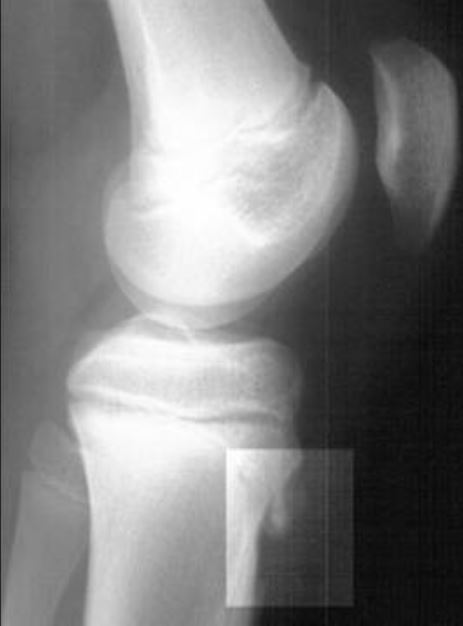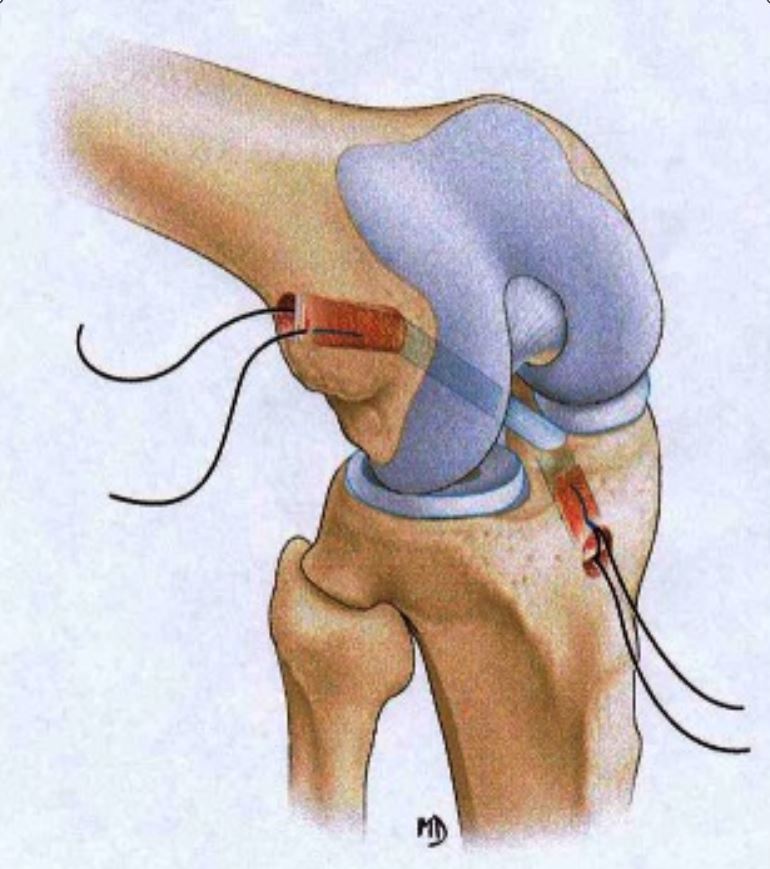Playlist
Show Playlist
Hide Playlist
Acute Knee Pain: Differential Diagnosis
-
Slides KneePain AcuteCare.pdf
-
Download Lecture Overview
00:01 So, in terms of differential diagnosis, getting the location of the pain is very important. 00:07 So, anterior knee pain, you can think about patellar tendinitis, jumper’s knees, so that's very common among – particularly among younger athletes. 00:15 And if they are doing a lot of jumping – basketball, volleyball players – and it is really a pain right over that patellar tendon. 00:22 So, it’s pretty easy to find. 00:24 Patellofemoral syndrome, we’ll cover in more detail later, but it is the most common cause of anterior knee pain. 00:30 For medial pain, you could think of a sprain of the medial collateral ligament, think of medial meniscal tears, and that's also the site of the pes anserine bursa. 00:39 So, those athletes who may be overusing, particularly in overtraining with running, you get a pes anserine bursitis. 00:47 That's on the medial side. 00:49 On the lateral side, you have, of course, lateral meniscus tear, but that's where the iliotibial or IT band lives. 00:57 So, that’s – so, a more medial side pain in runners, pes anserine bursitis; lateral pain, think of IT band syndrome. 01:06 So, let’s work through our differential diagnosis of knee pain, particularly among children and adolescents as well. 01:12 So, these are commonly going to be your athletes that you see. 01:15 And I think one thing to remember is patellar subluxation in itself can be painful. 01:20 And females are more likely to have greater degrees of patellar subluxation versus males. 01:28 Tibial apophysitis, or also commonly known Osgood Schlatter disease, deserves some calling out specifically as a cause of knee pain because it happens pretty frequently. 01:38 The nice thing is it's almost always presents the same way, which is pain over the tibial tuberosity. 01:45 It's often associated with a growth spurt among adolescents. 01:48 The pain gets worse with squatting, going upstairs or a strain in the quadriceps. 01:54 And that's why having the patient extend their knee against resistance is a great way to cause the pain and draw it out, so that can point you in the right direction. 02:05 And remember, this is below the knee joint, so you shouldn't see an effusion with tibial apophysitis. 02:10 If there's an effusion within the knee, that means there’s something going on as well. 02:15 And x-rays don't really help too much with tibial apophysitis. 02:19 They’re often negative. 02:20 You can see an avulsion of the apophysis. 02:23 If you do or not, the management is generally going to be conservative. 02:26 It’s going to be rest, analgesics and follow-up. 02:30 And another thing that’s important to remember among children and adolescents is that a more serious condition, slipped capital femoral epiphysis, can result in referred pain for the knee. 02:40 So, this is a condition in the hip, which is dangerous because of its associated risk of avascular necrosis, which can present as a generalized kind of vague knee pain. 02:50 So, therefore, checking the hips are important too. 02:53 So, the joints above and the joints below are always in question when you see somebody with knee pain. 02:58 So, think about ankle and, in particular, in this case, hip injuries among children and adolescents with knee pain. 03:05 Whereas among adults, I mentioned IT band or iliotibial band syndrome, this is another one where pain is worse going up the stairs, and it has again a very specific physical finding. 03:14 Find your lateral epicondyle of the knee, about 3 cm above that joint line, that's where you should – that's where you should have tenderness with IT band syndrome. 03:24 And generally, it’s related to stress on that tendon. 03:29 Therefore, it's best to try to provide some rest for the patient, some ice and analgesics and monitor. 03:36 Meniscal tears, they can be in place for years before the patient necessarily presents to you. 03:42 The classic is that twisting motion with the foot planted, tears the meniscus. 03:46 This is going to be associated with an effusion, if it’s at all serious because of the inflammation within the joint. 03:52 And as I mentioned, you really need an MRI for a good diagnosis of a meniscal tear.
About the Lecture
The lecture Acute Knee Pain: Differential Diagnosis by Charles Vega, MD is from the course Acute Care.
Included Quiz Questions
Which of the following is NOT a typical clinical finding in Osgood-Schlatter disease?
- Joint effusion
- Asymmetric involvement
- Pain over tibial tuberosity
- Pain with squatting
- Pain on resisted knee extension
A 64-year-old woman, with a history of osteoarthritis, presents with pain on the medial aspect of her right knee. Physical examination shows no swelling or induration, but she has tenderness over the upper medial tibia. Which of the following is the most likely diagnosis?
- Pes anserine bursitis
- Iliotibial band syndrome
- Patellofemoral syndrome
- Slipped capital femoral epiphysis
- Patellar subluxation
Patellar subluxation most commonly occurs in which of the following groups?
- Young active people
- Old men
- Postmenopausal women
- Patients with severe osteoarthritis
- Patients with a previous history of joint effusion in the knee
Which of the following is a typical finding in iliotibial band syndrome?
- Tenderness over the lateral femoral epicondyle
- Tenderness along the medial knee joint line
- Crepitus over the patella
- Joint effusion
- Lateral displacement of the patella
Customer reviews
5,0 of 5 stars
| 5 Stars |
|
5 |
| 4 Stars |
|
0 |
| 3 Stars |
|
0 |
| 2 Stars |
|
0 |
| 1 Star |
|
0 |







